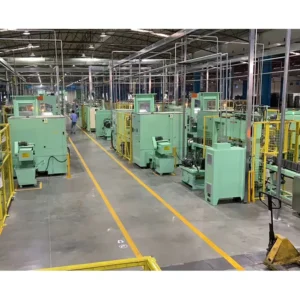
Умный завод для корпусов компрессоров кондиционеров
Используя всю промышленную экосистему нашей компании, мы создали высокоинтеллектуальную, автоматизированную и гибкую производственную линию.
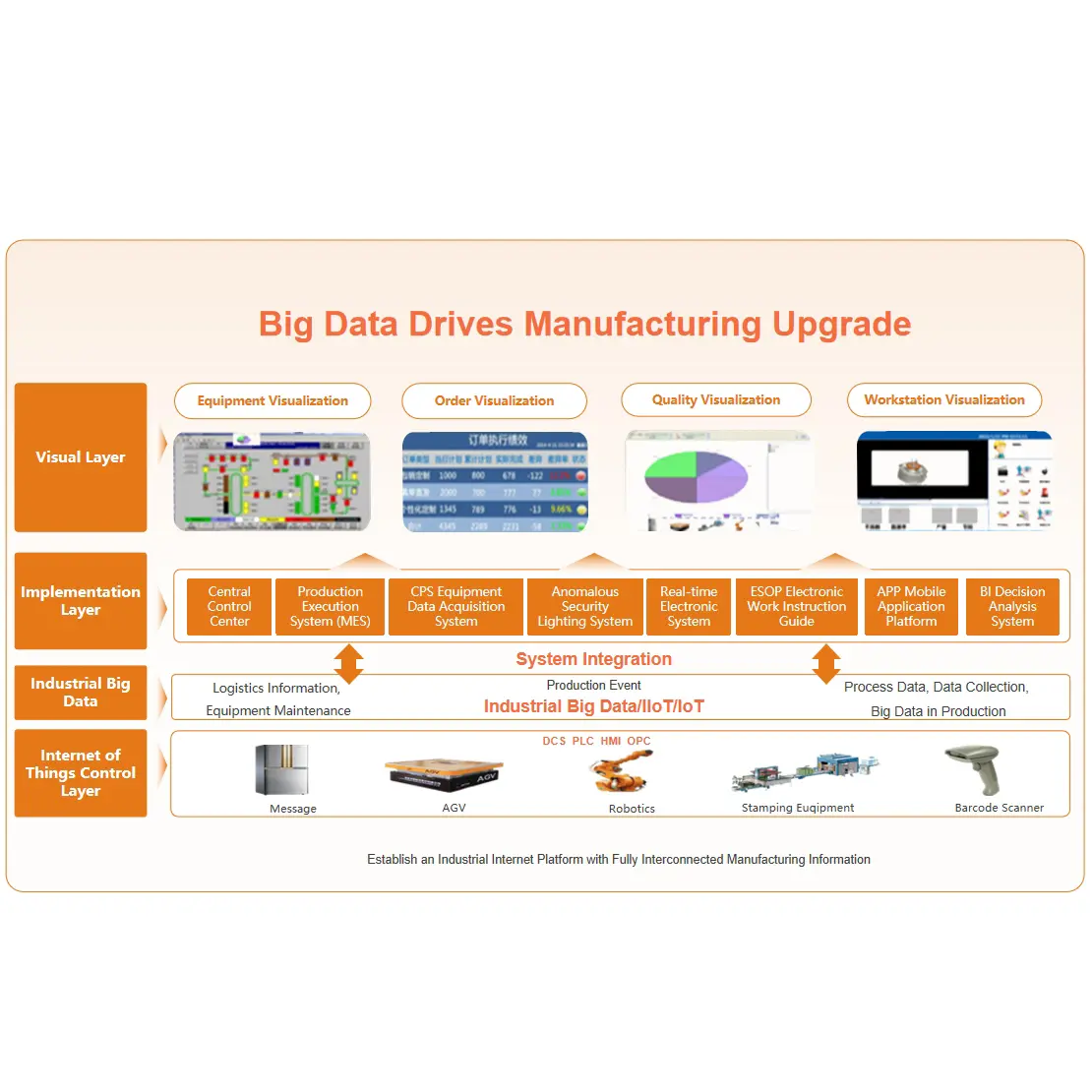
By thoroughly analyzing the traditional manufacturing processes and procedures of disinfection cabinets, we have leveraged our company’s full industrial ecosystem advantages in sheet metal processing, mold-making, robotics, and intelligent manufacturing. From pioneering the development of disinfection cabinets to mold design and manufacturing, and further to automated stamping, welding, assembly, packaging, and logistics warehousing, we have successfully developed a fully automated flexible stamping and assembly production line tailored for large-scale personalized customization of disinfection cabinets.
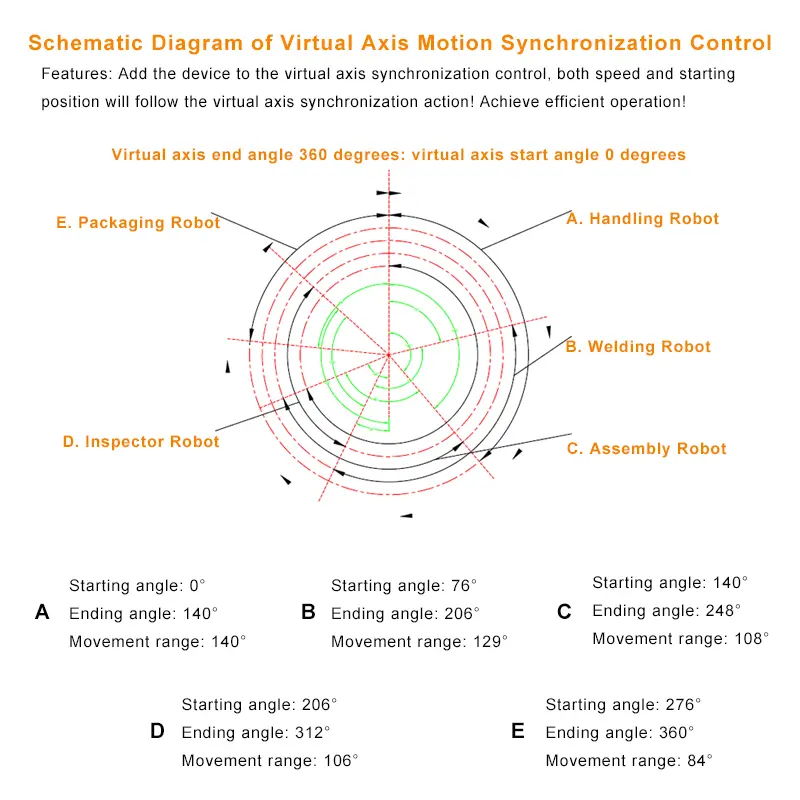
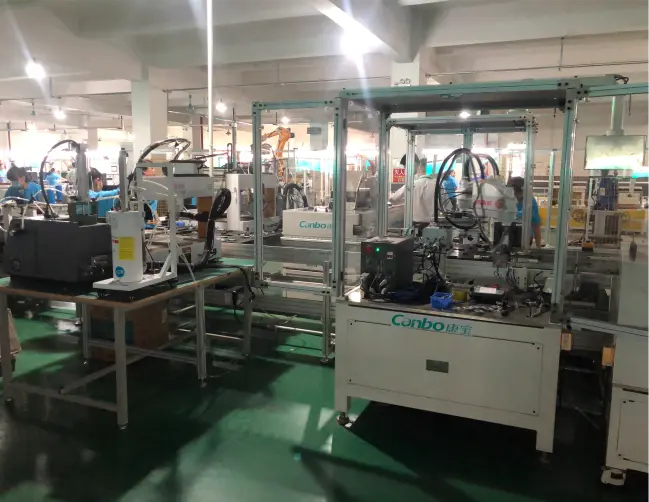
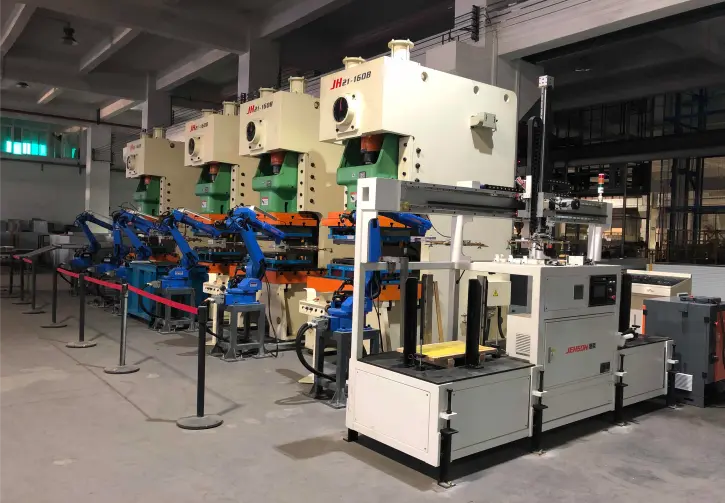
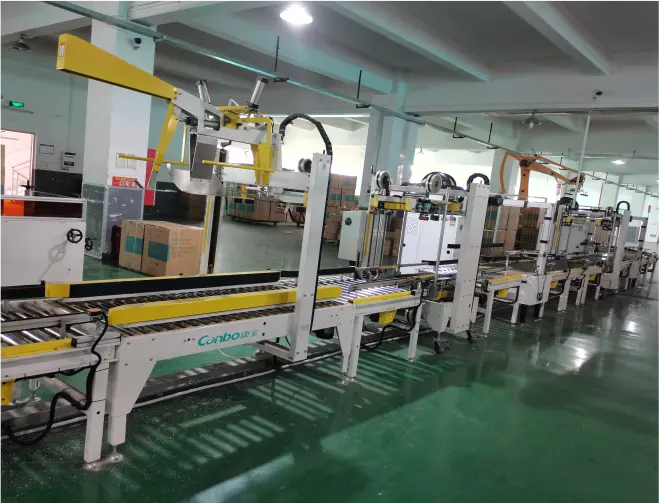
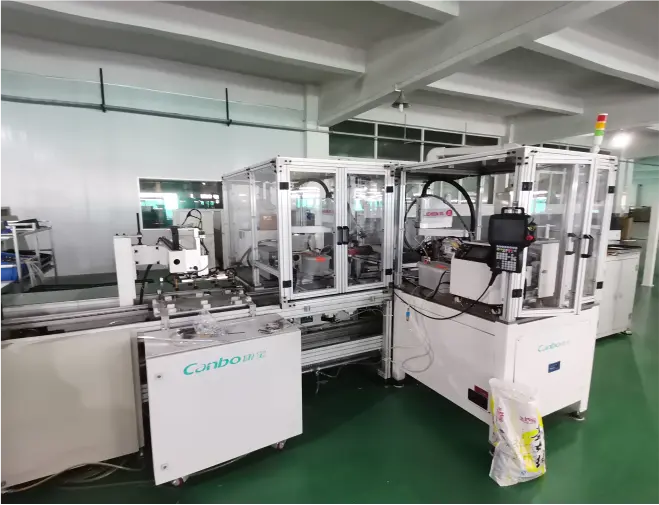
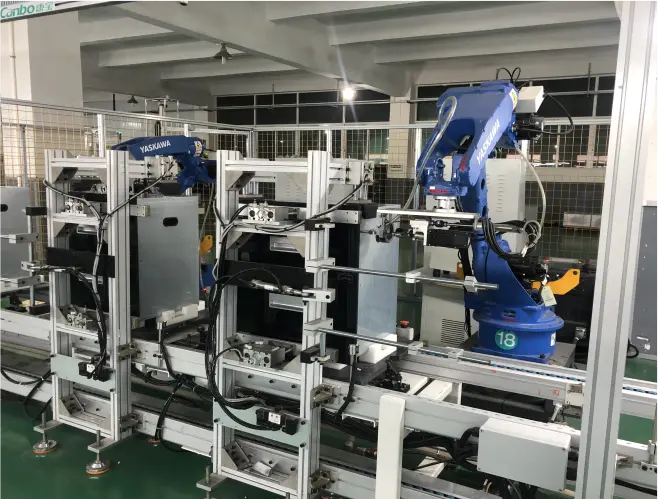
This project has been successfully implemented in the embedded disinfection cabinets of Kangbao, a leading domestic manufacturer of disinfection cabinets. It serves as a model project for the vast domestic disinfection cabinet market. It provides a standard for the typical “stamping → welding → assembly → inspection → packaging” process in the healthy appliance industry. It boasts strong industry versatility, reproducibility, and promotional significance. After implementation, the workforce was reduced from 95 to 27 individuals, while production volume increased from 550 to 1,000 units, demonstrating significant economic and social benefits.

Используя всю промышленную экосистему нашей компании, мы создали высокоинтеллектуальную, автоматизированную и гибкую производственную линию.
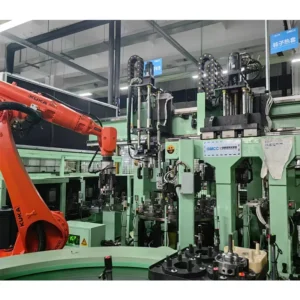
В рамках этого проекта реализуются высокоавтоматизированные и гибкие производственные процессы для термического монтажа статоров и корпусов компрессоров, прессовой сборки роторов и корпусов насосов, а также онлайн-контроля при сборке насосов.
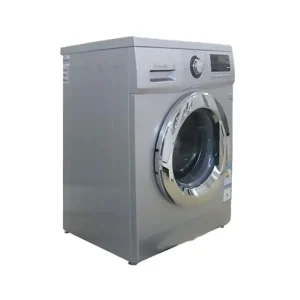
Это решение обеспечивает полностью автоматизированный производственный процесс, включающий автоматическую подачу сырья для шкафов стиральных машин, растяжку, штамповку, сбор отходов (включая обрезки), клепку и штабелирование.
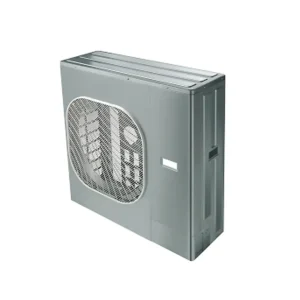
Мы предлагаем оптимальную автоматизацию пресс-форм или различные методы интеграции роботов, адаптированные к различным процессам и процедурам изготовления пресс-форм для интеллектуальной штамповки компонентов наружного блока кондиционера, таких как левая и правая боковые панели, крышки, верхние крышки, передние панели и электрические крышки.
Компания Kaishuo Technology была основана в 2008 году и с тех пор создала четырехъядерную промышленную структуру, включающую робототехнику и оборудование для автоматизации, новые источники энергии, прецизионные аппаратные формы и прецизионные литьевые формы.

Copyright © 2025 Kaishuo Technology